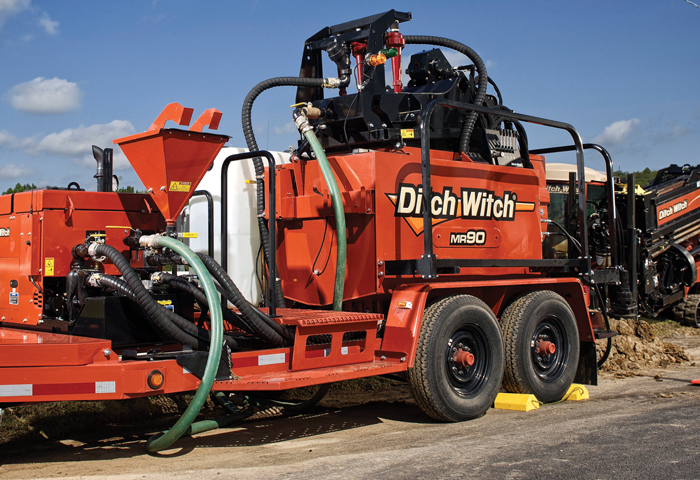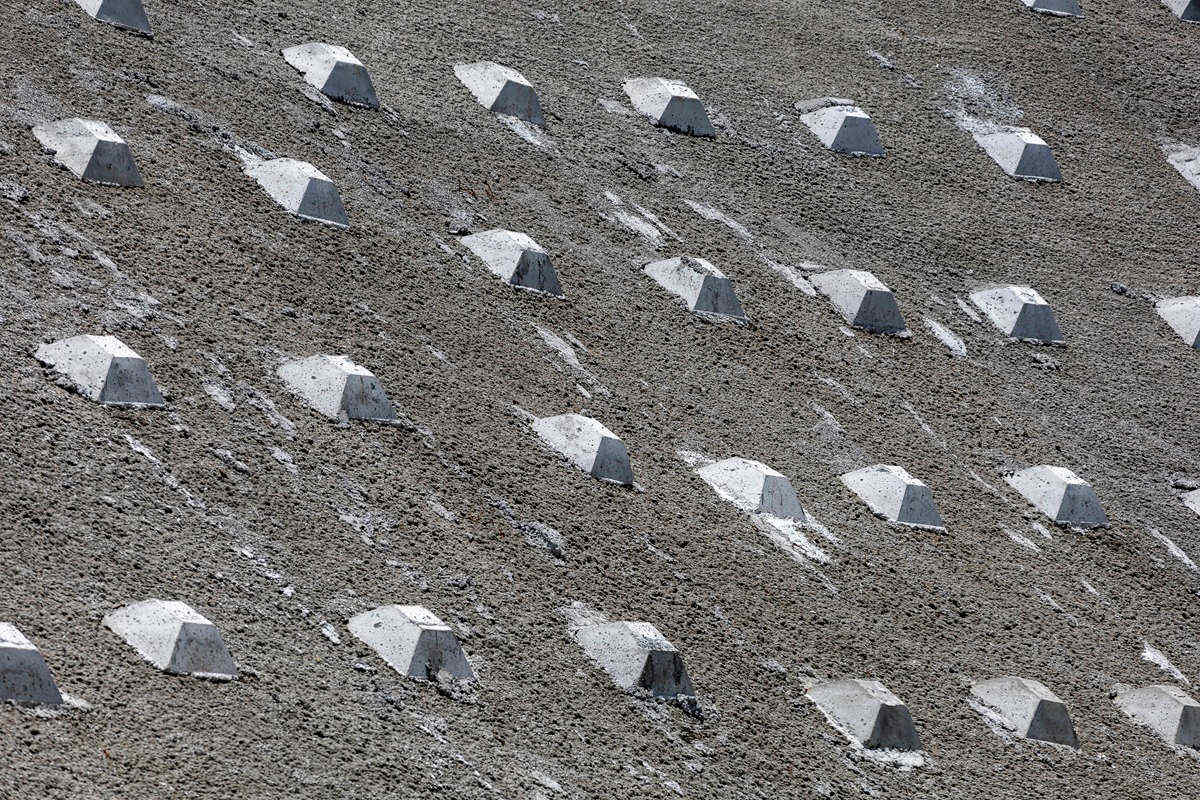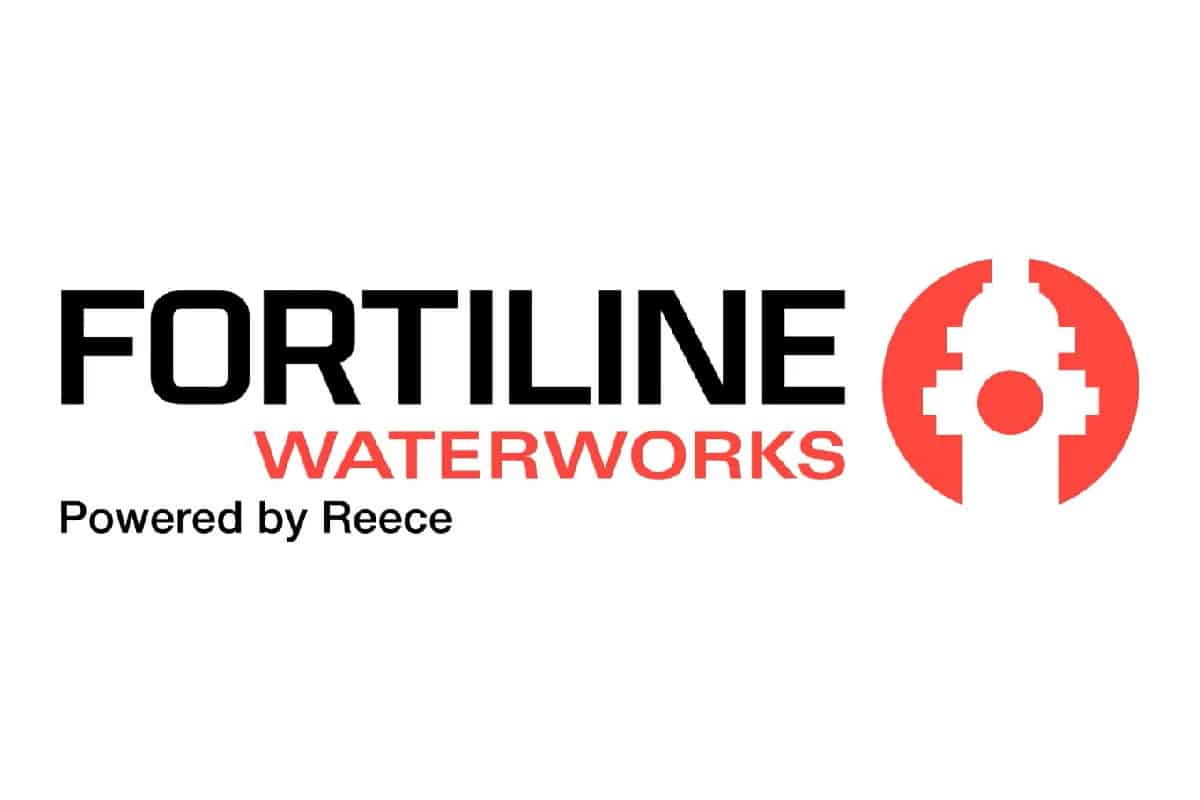Mud Recycling Reduces Hassles, Retains Profits for Utility Contractors
 When utility contractors talk about their biggest horizontal directional drilling (HDD) pain points, disposing drilling mud — water and various drilling fluids that make HDD possible — is usually near the top of the list.
When utility contractors talk about their biggest horizontal directional drilling (HDD) pain points, disposing drilling mud — water and various drilling fluids that make HDD possible — is usually near the top of the list.
Drilling mud can’t simply be left piled on a public easement or private property once the underground utilities have been installed. Utility contractors are responsible for cleaning up the mud and hauling it away for proper disposal.
Some contractors have their own vacuum equipment to collect and transport the mud. Depending on the capacity of a company’s equipment, workers may have to haul multiple loads of the spent mud and cuttings to a landfill or other disposal site, which is time-consuming and costly.
Illinois-based Sonoma Underground Services understands the business cost and hassle of dealing with drilling mud. On a recent HDD project involving a multi-duct pull through solid limestone under an interstate interchange, the company was using 4,000 gal of mud every day, and paying a subcontractor a minimum of $2,500 a day to collect the slurry and haul it away.
On top of that cost, the company was losing three hours of drilling time each day because of the lack of available water onsite. Twice a day, crew members had to travel an hour and a half to get more water to mix with the mud. In a business where time is money, the HDD equipment stood idle.
To curb its mud-related costs, Sonoma Underground Services switched to the new Ditch Witch MR90 mud recycling system. The company uses the self-contained mud recycler to reuse drilling mud, as well as handle spoils.
Using the mud recycling system helped Sonoma Underground Services eliminate the need for daily vacuuming by reusing mud after it was cleaned. They also slashed the amount of water and mud needed on site. On the most water-consuming day, the crew started with 2,000 gal of mud and ended up with 1,750 gal remaining and gained three more hours of drilling team productivity by eliminating disposal runs.
Mud recycling systems support contractors’ goals for safe and profitable operation and environmental compliance. When reviewing system options, consider the following:
- Size. Sizing should be based on what the system will be tasked with doing. Contractors are increasingly looking for compact packages that meet the demands of standard-size directional drills.
- Ease of setup. Time is money on the jobsite, and the contractors should look for equipment that gets to work quickly. Hydraulic leveling for screens and a hydraulic jack on the tongue of the trailer are examples of time-saving features.
- Integrated controls. Automatic controls, such as those that prevent overflows and the subsequent time-consuming clean up, benefit contractors.
- Full-fluid transporting. To increase jobsite productivity and reduce hauling expenses, seek a mud recycling unit that can be transported full of fluid.
- Recycling technology and ease of service. Understand the benefits of various competing recycling technologies. For instance, the MR90 mud recycling system filters mud using an easy-to-change-and-service, two-screen system along with six 2.5-in. hydrocyclones. Its rear onboard hopper catches all screened spoils, which can be mixed with drying additives and returned to the pit or disposed off-site.
By reclaiming, recycling and reusing drilling mud, utility contractors can retain profits that others are literally throwing away.
Seth Matthesen is a Product Manager for Ditch Witch.




